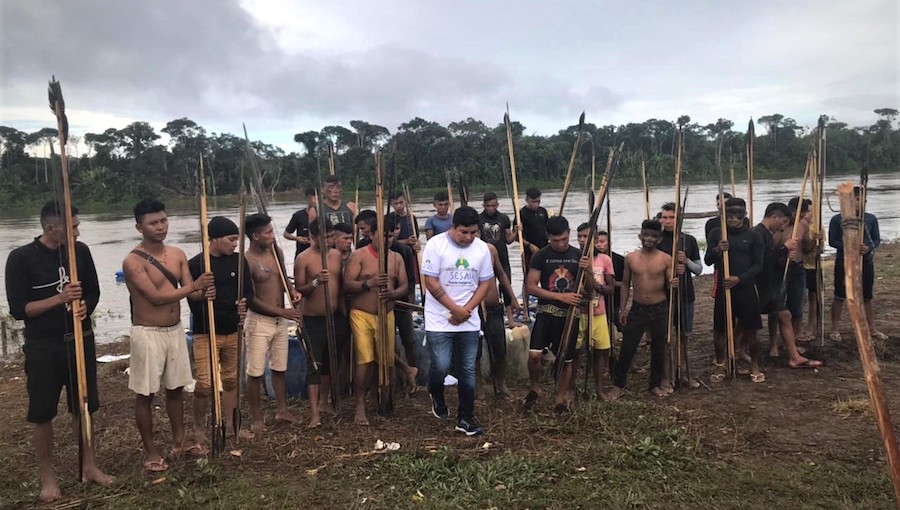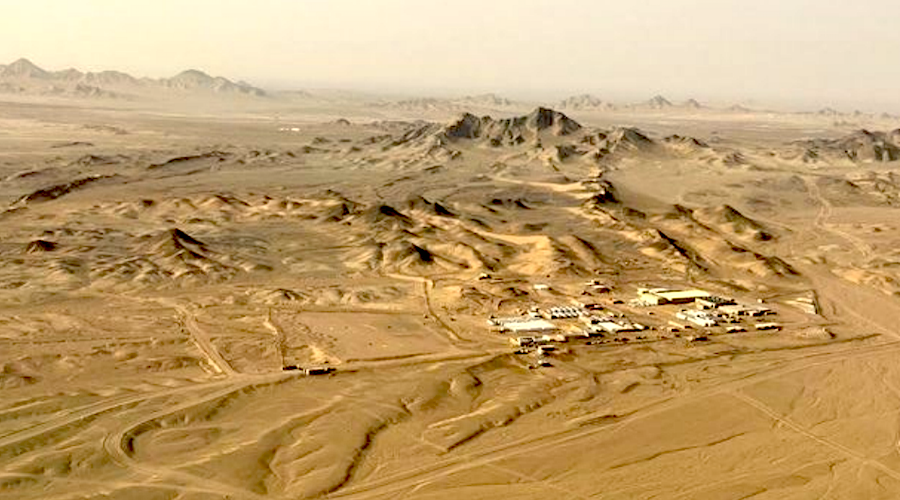Illegal gold rush is squeezing native people in Brazil’s Amazon

An illegal gold rush in Brazil’s Amazon rain forest is fueling a surge in destruction of land occupied by South America’s largest group of native people who still live in relative isolation, the Yanomami.
Lax supervision and outright support of informal mining by Brazilian authorities were behind a 46% jump in Yanomami land degradation last year in the form of deforestation and contamination of water and soil, according to a report released Monday.
Artisanal miners known as garimpo have wrecked 3,272 hectares (8,085 acres), with the size of the area doubling since 2018, according to the latest edition of “Yanomami Under Attack,” which is prepared by community groups with support by Brazilian conservation group Instituto Socioambiental. Their presence is also introducing more disease, weapons and alcohol.
The Yanomami are facing a second big gold rush since the 1980s, with an estimated 20,000 illegal miners inside an area of forest that straddles Brazil and Venezuela. The growing threat to remote Amazon communities comes as the administration of President Jair Bolsonaro plans to allow mining on indigenous lands in a bill that’s even opposed by large mining companies. As lawmakers prepare to vote, about 7,000 indigenous people are camped out in the nation’s capital in protest.
The study attributes most of the factors behind the increase in illegal mining in the region to policy choices, including a weakening of supervision, a lack of downstream transparency and government support of informal miners.
In an emailed response, the federal government said it has carried out several operations to combat illegal activities and protect indigenous lands, denying that inspections and crackdowns had weakened. Mining authorities say they are working to combat irregular activities in the Amazon biome.
Besides environmental damage, 273 communities suffer the spread of infectious diseases such as malaria, malnutrition, contamination by the mining byproduct methyl mercury, and overload on health systems. The study estimates that more than 16,000 people are affected, or 56% of the population in Yanomami lands.
Indigenous leaders complain about the circulation of heavily armed miners in areas that used to be used for hunting, fishing and farming. There are also reports of enticement of young people with promises of goods and weapons. The introduction of drugs and alcohol are also stoking community tensions.
(By Mariana Durao and James Attwood)
More News
Capital signs civil works, tailings contract with Reko Diq
The contract will run through December 2028 and is expected to generate over $60 million in annual revenue.
April 02, 2025 | 03:31 pm
PDAC video: Energy Fuels produces rare earths using fast process, CEO says
The company made on-spec neodymium-praseodymium in less than a week at its White Mesa uranium mill.
April 02, 2025 | 12:52 pm
{{ commodity.name }}
{{ post.title }}
{{ post.excerpt }}
{{ post.date }}



Comments